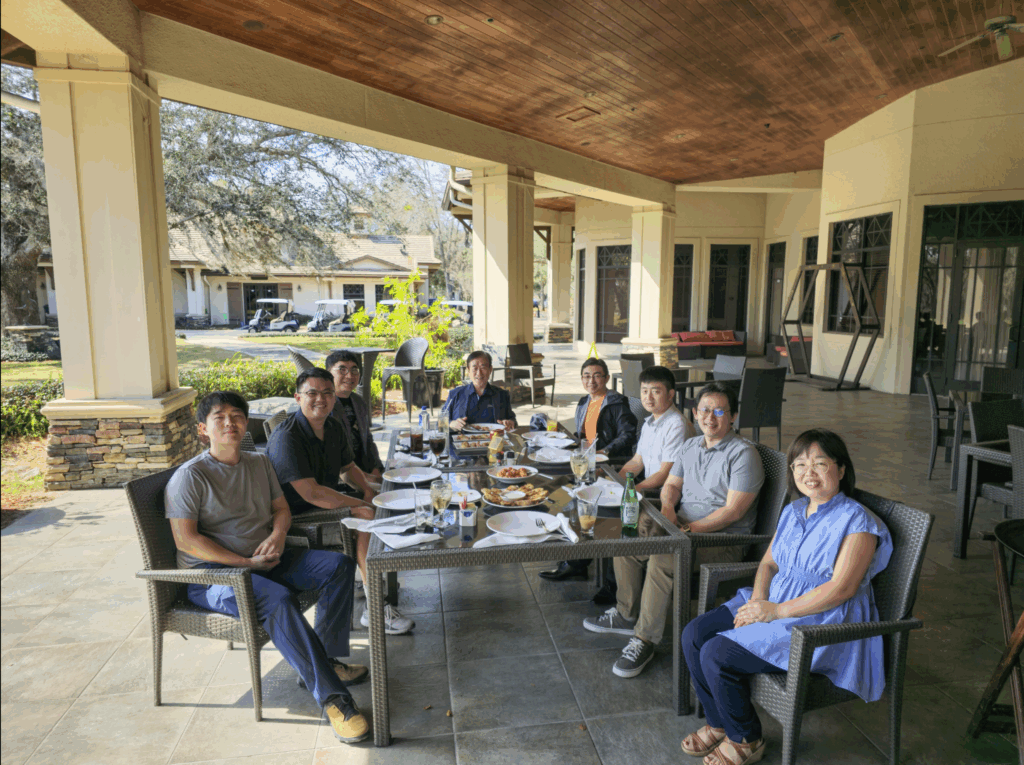
Resurrection Faith That Surpasses Death — Pastor David Jang
Pastor David Jang proclaims “resurrection faith that surpasses death” as the essence of the Christian gospel, providing a clear theological answer to modern humanity’s existential anxiety and fear of death. Anchored on the two pillars of Jesus Christ’s substitutionary death on the cross and resurrection life, his message explores in depth how this truth can work dynamically in the believer’s life and within the church community. Above all, he stresses that Christ’s resurrection is not a mere doctrine or myth but a historical reality rooted in the “empty‑tomb event.”
Core Idea: The Gospel of Resurrection and Eternal Life
Pastor Jang traces the fundamental reason people flock to church amid contemporary crises to the twin impulses of “fear of death” and the instinct “to live.” When unforeseen pandemics or disasters strike, death ceases to be “someone else’s problem” and becomes a personal reality, driving a surge of worship attendance and gospel interest.
To this universal human longing, Pastor Jang declares that the Christian core message—“resurrection and eternal life”—is the sole solution. Whereas every other religious founder or philosopher remained confined to the grave, only Jesus Christ overcame death by rising again.
Citing John 11:25‑26—“ I am the resurrection and the life. The one who believes in me will live, even though they die; and whoever lives by believing in me will never die. Do you believe this?”—he unfolds two pillars of resurrection faith:
- Resurrection (“will live even though they die”): bodily life restored after physical death.
- Eternal life (“will never die”): an unending life obtained by believing in Jesus while still alive.
These two promises, he insists, open true hope and the path forward for humanity enslaved by the terror of death.
The Mystery of the Cross and Resurrection
Pastor Jang argues that to grasp the glory of the resurrection, one must first pass deeply through the reason Christ had to die on the cross. He regards Romans 4:25—“ He was delivered over to death for our sins and was raised to life for our justification”—as the verse that most concisely encapsulates this mystery.
Substitutionary Death and Federal Headship
Jesus’ death is a work of atonement that occurred “for our sins.” According to the legal principle that “the wages of sin is death,” sinless Jesus became humanity’s representative, bearing our penalty in our stead. Pastor Jang likens this to the Old Testament sacrificial system in which a victim died in place of the sinner and explains that it was possible because Jesus became the human race’s “federal head.” As death and sin entered through one man, Adam, so righteousness and life come through one man, Jesus Christ. Therefore, the cross is “our death,” the ground of our forgiveness.
Resurrection: The Completion of Life and Justification
If the cross paid sin’s wages, the resurrection occurred “to justify us.” By rising from death, Jesus completely shattered death—the power of sin—and gave final assurance of salvation. Without the resurrection, certainty that the cross secured everlasting life would remain incomplete. Echoing Galatians 2:20, Pastor Jang emphasizes that dying and rising with Christ is not a mere metaphor but a concrete spiritual declaration that sin and death no longer rule us—“the epitome of federal headship,” as he puts it.
He repeatedly warns that stressing only the cross risks leaving believers fixed on death, whereas focusing only on the resurrection can trivialize sin and judgment; both must be proclaimed together as the heartbeat of Christian faith.
Practical Outworking of Resurrection Faith
Pastor Jang teaches that resurrection faith must not end as a liturgical commemoration but manifest as concrete “life‑giving power” in the believer’s daily walk and within the community. One who holds resurrection faith gains unshakable certainty, grounded in the historical fact that “death is not the end.” Because the disciples witnessed Jesus’ resurrection, those who trust this testimony receive strength to transcend worldly anxiety and fear. Life’s master changes from “myself” to “Christ who lives in me”; the aim is no longer secular success or self‑realization but living “by faith in the Son of God, who loved me and gave himself for me.” “Having seen life that transcends death,” Pastor Jang says, “earthly loss or suffering no longer appears as ultimate ruin.”
He notes how some European churches today stand as tourist sites devoid of worshipers—a state akin to Joseph of Arimathea carefully preserving Jesus’ body yet missing the encounter with the living Lord. When love and longing for Christ “beyond death,” like Mary Magdalene’s, are restored, churches can again become sanctuaries pulsing with life. If Lent is a season to contemplate the cross, the forty days after Easter are a time to deeply experience resurrection life and victory. Just as the disciples en route to Emmaus recognized Jesus in the breaking of bread, we, too, only truly meet the risen Lord when we grasp the love of the cross. Pastor Jang cautions that, like the tear‑blinded disciples who failed to recognize Jesus at their side, we may overlook “the Lord already present.” Recognizing and encountering this present Lord is the true starting point of resurrection faith.
www.davidjang.org